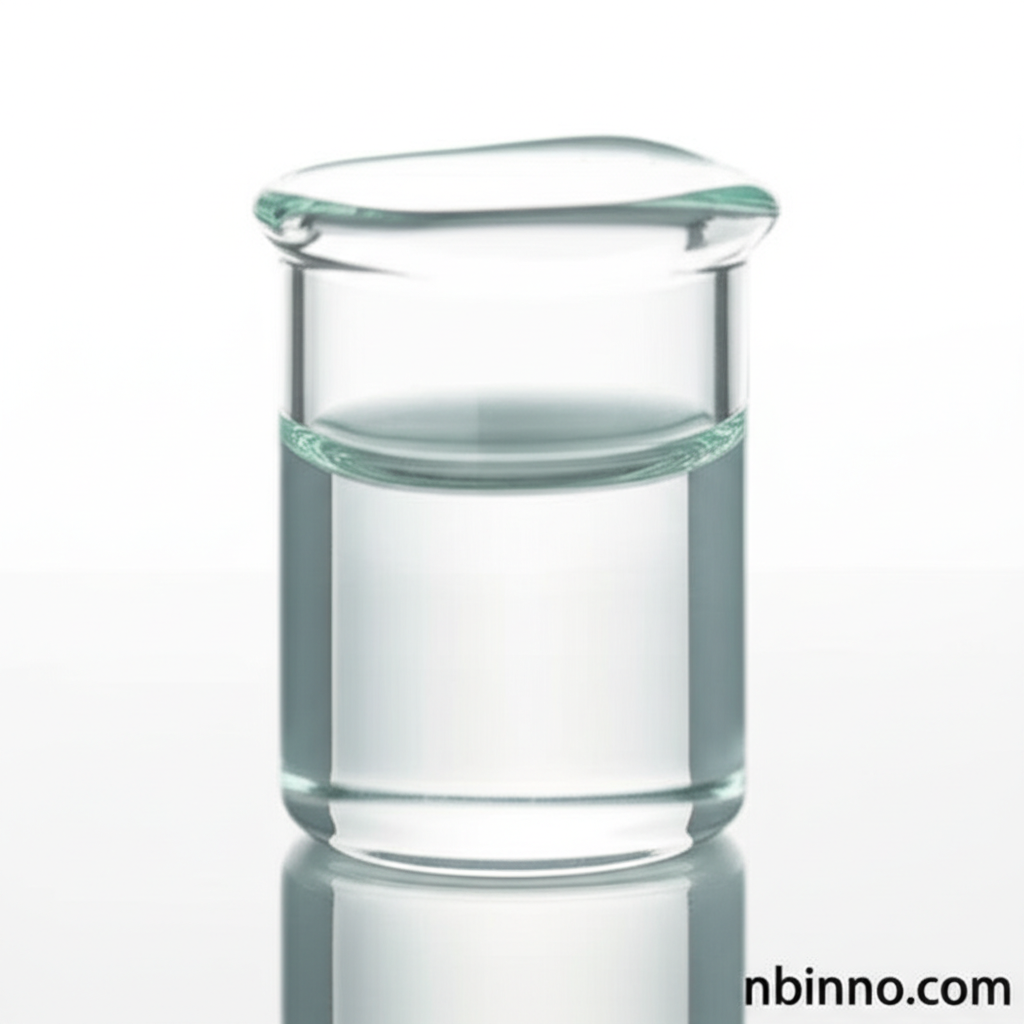1-Chloropentane: Properties, Synthesis, and Applications in Organic Chemistry
Explore the essential properties, diverse synthesis methods, and key applications of 1-Chloropentane in scientific research.
Get a Quote & SampleProduct Core Value

1-Chloropentane
1-Chloropentane is a crucial haloalkane widely employed in various chemical processes. Its well-defined physical and chemical properties make it an indispensable tool for organic synthesis, acting as a versatile building block and a useful solvent in numerous reactions. The compound's reactivity, particularly its susceptibility to nucleophilic substitution, allows for the creation of a wide array of more complex organic molecules.
- Explore the synthesis methods for 1-chloropentane, including laboratory preparations and industrial routes like pentane chlorination.
- Understand the key applications of 1-chloropentane in organic synthesis, serving as a vital chemical intermediate for diverse reactions.
- Learn about the biological activity of 1-chloropentane, including its antimicrobial properties and potential cytotoxic effects on cancer cells.
- Discover the chemical reactivity of 1-chloropentane, focusing on nucleophilic substitution and elimination reactions essential for synthetic chemists.
Key Advantages of 1-Chloropentane
Versatile Synthetic Intermediate
Leverage 1-chloropentane in organic synthesis to construct complex molecules, enabling a broad spectrum of chemical transformations and product developments.
Effective Solvent Properties
Utilize 1-chloropentane as a solvent for various reactions, benefiting from its ability to dissolve a range of organic compounds and its moderate volatility for controlled reaction environments.
Research Applications
The compound's role in materials science, such as in modifying polymers and studying surface interactions, highlights its utility beyond traditional organic synthesis, making it valuable for cutting-edge research.
Key Applications
Organic Synthesis
1-Chloropentane is a fundamental reagent in organic synthesis, used to introduce the pentyl group into various organic molecules, facilitating the creation of pharmaceuticals and agrochemicals.
Solvents
Its properties make it an effective solvent for specific reactions and industrial processes where its solubility and chemical inertness under certain conditions are beneficial.
Polymer Chemistry
The compound plays a role in polymer modification, for instance, in reacting with living polymers to create functionalized materials with tailored properties.
Materials Science
Research utilizes 1-chloropentane in studies related to surface interactions and the formation of specific molecular arrangements on material surfaces.
